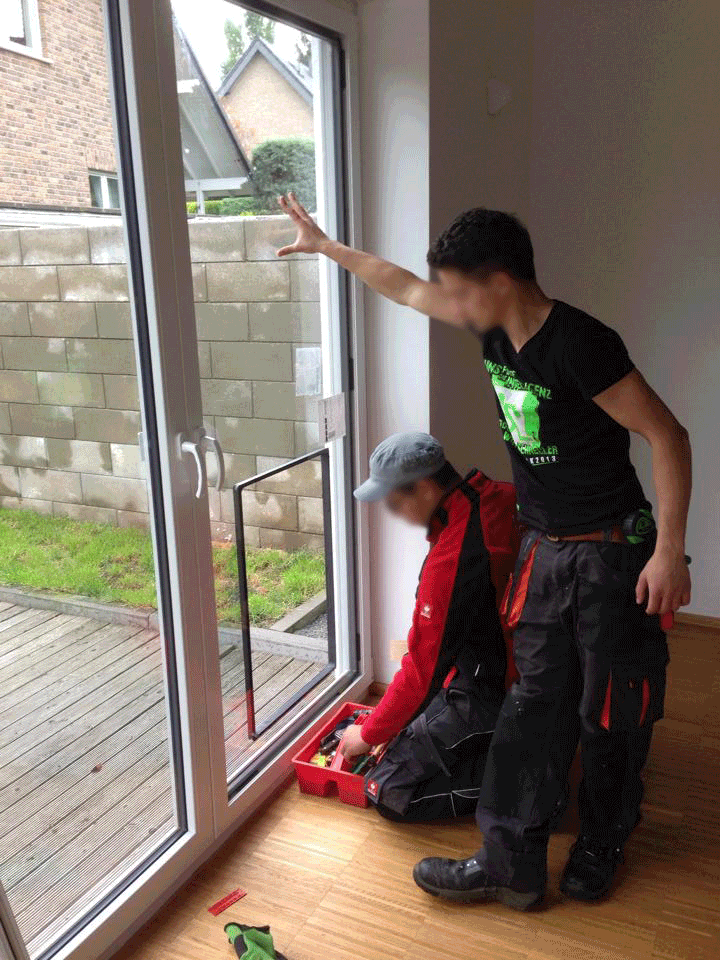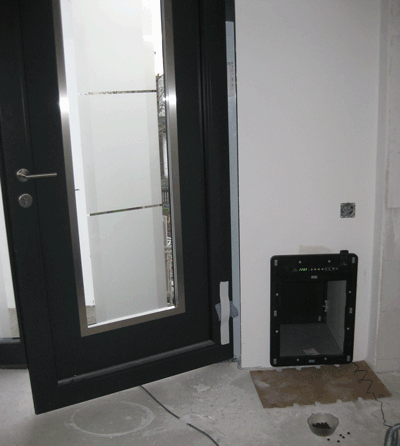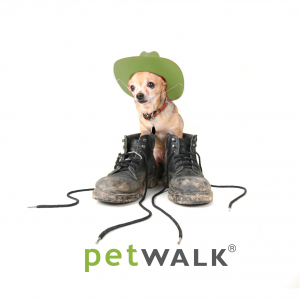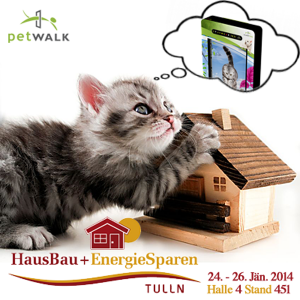- Einbauort: Wohnraum
- Einbauart: Glastüre
- Anforderung: Wohnkomfort
- Umsetzung: In einer bestehenden Terassentüre wurde die Glasscheibe durch eine Scheibe mit dem entsprechenden Ausschnitt getauscht.
- Rückmeldung: "Die Tür ist sensationell. ...der Glaser hat ziemlich lange auf sich warten lassen... ...unser Kalle hat die Funktionsweise innerhalb von Minuten verstanden..."
petWALK - Dialog
-
Wohnhaus (Nordrhein-Westfalen, DE)
-
Wohnhaus (Bayern, DE)
- Einbauort: Vorraum
- Einbauart: Umfassender Mauereinbau
- Anforderung: Wohnkomfort und gute Wärmedämmung
- In einem Neubau wurde die Tür umfassend eingebaut. Die gesamte Mauerdicke wurde durch einen 40cm Tunnel überbrückt
- Rückmeldung: "Ein Leben mit dieser Türe ist so schön, ich kann in Ruhe in die Arbeit gehen und muss mir keine Sorgen um meine Lieben machen und dieses ständige gejammer in der Früh 'ne Stunde bevor ich selber aufstehen muss,ist auch vorbei. Das will ich nie wieder missen!"
-
Hunde gehen rein und raus, wie sie wollen - im Tierschutzhaus!
petWALK hilft dem Tierheim Schwarzatal die hohen Heizkosten zu reduzieren und ermöglicht gleichzeitig den Heimtieren ein wenig mehr Selbstbestimmung! Weiterlesen -
petWALK @ ecobuild 2014 - the talk of the show
Von 4. bis 6. März 2014 hat petWALK auf der Ecobuild 2014 in London, der weltweit führenden Veranstaltung für nachhaltiges Design, Bau und Energie, die einmaligen Tiertüren erstmals in Großbritannien vorgestellt.
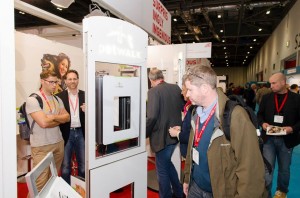
Kaum ein anderer Stand wurde so belagert, wie der von petWALK. Das Interesse war riesig und zeigt, dass sich das Land der "Kastenfenster und Katzenklappen" gerade in einem massiven Umbruch in Bezug auf Bauphysik und Ökologie befindet. Das freut uns!
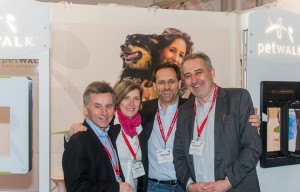
Der bekannte Architekt Paul Hinton von Black Architecture wählte in seinem Blog "The innovative and inspirational at Ecobuild 2014“ im bekannten britischen Online-Forum für Nachhaltigkeit "2 Degrees“ petWALK als „most surprising product of the show“. Das freut uns noch mehr!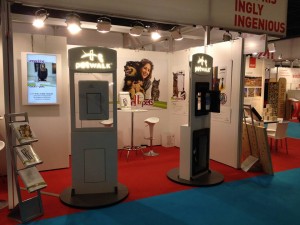
Hier noch einige weitere Pressestimmen:- … "one of the standout innovations" (gizmag)
- … "the world's greatest pet door“ (gizmodo)
- … "doggie doors for the 21st century“ (Architizer)
- … "no more wet paw prints“ (Daily Mail)
- … "Adios plastic flaps!" (mnn)
petWALK @ HausBau + EnergieSparen Tulln
petWALK - „Sweet dreams are made of this“
Starten Sie mit petWALK in die Bausaison auf der HausBau + EnergieSparen Tulln von 24. bis 26. Jänner 2014 täglich von 10.00 Uhr bis 18.00 Uhr.
In Halle 4 Stand 451 finden Sie die Traumtüre für Sie und Ihre vierbeinigen Lieblinge.
Hier finden Sie weitere Informationen zur Veranstaltung: HausBau + EnergieSparen Tulln
Does the petWALK pet door work with the existing (implanted) microchip of my pet?
Yes, as long as the chip is a common European standardized ISO microchip (FDX-B) with a 15-digit number.How long does a microchip last?
Microchips have no battery and therefore an unlimited life. The specific reader, which reads the chip, supplies a small amount of energy, which is necessary for reading the data. The microchip can be read any number of times and does not wear itself off. In rare cases microchips can omit and then can't be read by the petWALK pet door any longer. If you believe that the chip of your pet does not work anymore, please contact your veterinarian to check the chip with his hand-held reader.What is an RFID microchip?
The abbreviation "RFID" is based on the English term "radio frequency identification”. This can be translated with „identification with the help of electromagnetic waves." RFID enables an automatic identification and localization of objects and living beings and considerably facilitates the collection of data.
An RFID system consists of a transponder, the microchip, which is located on or in the object or living organisms and includes an identifying code, and a reader for reading this code.
The microchip of your pet is a tiny implant, about the size of a grain of rice, which your vet painlessly injects under the skin of your pet.
The microchip has no battery, but is powered by the antenna of your petWALK pet door with energy in the moment when the animal approaches.
Each microchip has a unique identification number, which is stored with your address in a central database.
If your pet runs away, it can be easily identified by veterinarians and animal shelters with this microchip reader. With the ID number in the database your contact information will be found and you will get back your animal as soon as possible.
Where should the microchip be injected?
There are international rules for the exact placement of animal chips. In dogs and cats, the chip must be injected on the left side of the neck. Veterinarians know about that and implant this chip also at this location. The surface of the chip is designed in a way that it rapidly connects with the tissue. In some cases, however, it happens that the chip wanders in the body of your pet. This can affect the reading range. If you are not sure about this, ask your veterinarian to determine the exact location.


